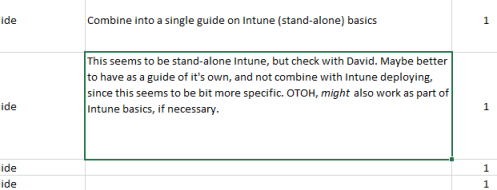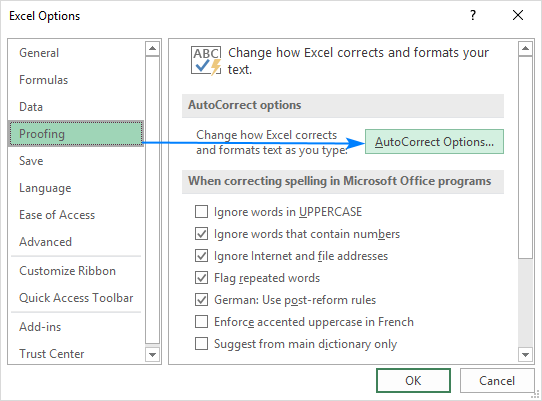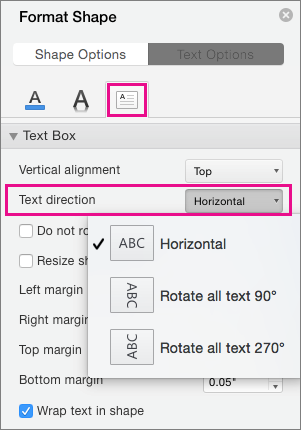
It will simply overwrite the existing data and give you the result.Īlso, in case you already have data in the cells where you are about to get the result of Text to Columns, Excel will show you a prompt letting you know that you will be overwriting the existing data. Note that if you don’t want to keep the original data (it’s always advisable to do so though), you don’t need to specify the destination cell. The above steps would automatically split the content of the cells based on where the line break occurs in each cell. In my example, I want the result in B2, so I changed the value to $B$2. In Step 3 of 3, change the ‘Destination’ cell to the one where you want the output.Also, you will see the expected result in the ‘Data preview’ section (as shown below). You will not see anything in the box except a tiny blinking dot (if you look hard). Now Use the keyboard shortcut Control + J (hold the ‘Control’ key and then press the ‘J’ key). In Step 2 of 3, uncheck any existing Delimiters selection, and select the ‘Other’ option.In the Text to Columns dialog box, in Step 1 of 3, select Delimited and click ‘Next’.In the Data Tools group, click on the Text to Columns option.Select the entire dataset that you want to split.Using Text to Column to Split Multiple Lines in a Cellīelow are the steps that will split multiple lines in a single cell into separate cells: In the By box to the right of the Spacing pull-down list, indicate the amount of space (in points) by which the character spacing should be adjusted.Note: If you’re wondering how I managed to insert each address element into a new line in the same cell, you can do that by using the keyboard shortcut – ALT + Enter (it enters a line break).


In these cases, you can manually adjust kerning by following these steps: For instance, you might want to create some special effect for the characters. There may be instances, however, when you want to manually adjust the kerning between two characters. In most cases, this type of kerning will be acceptable. Adjust the character point size to indicate when Word should start adjusting kerning.Click on the Kerning for Fonts check box.The Character Spacing tab of the Font dialog box. Make sure the Character Spacing tab is selected.Choose the Tools option from the Font menu.Select the text whose kerning you want to adjust.

To change kerning automatically, perform the following steps: In Word, kerning can be adjusted either automatically or manually.

This makes the text both more appealing and more readable. Kerning is a typographical term describing the process of moving letters closer together, in an effort to overcome the illusion of too much space between letters. This problem normally appears when the left character in a pair has a stroke (a line) that travels diagonally from left to right. Depending on the characters, this can cause an illusion that two characters are spaced too far apart, when in reality they follow the standard spacing conventions for the typeface. Unfortunately, not all characters appear the same width when read on a printed page. This spacing determines how close adjacent characters are to each other. When a font is designed, a certain amount of space is designated for inter-character spacing.


 0 kommentar(er)
0 kommentar(er)
